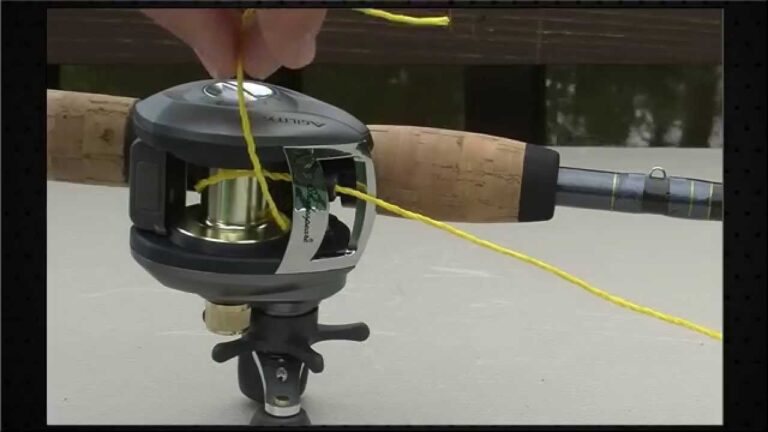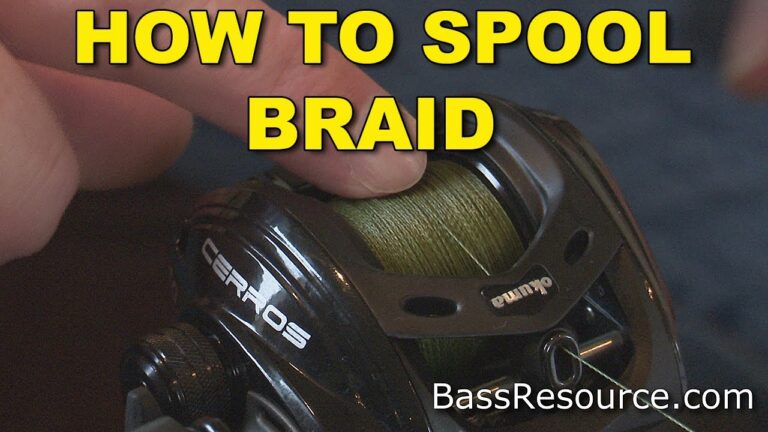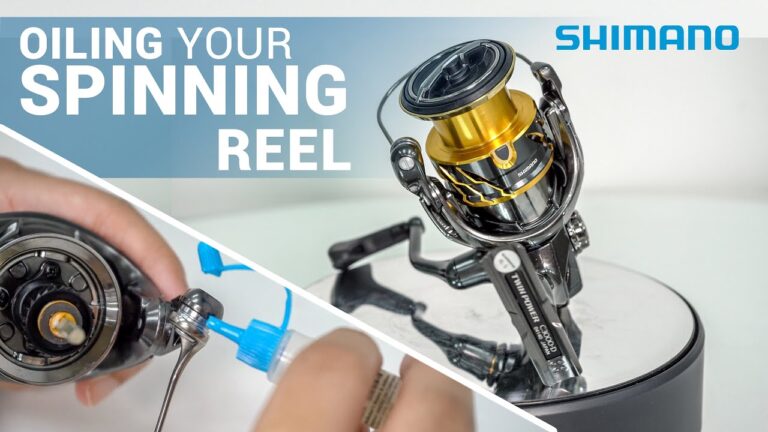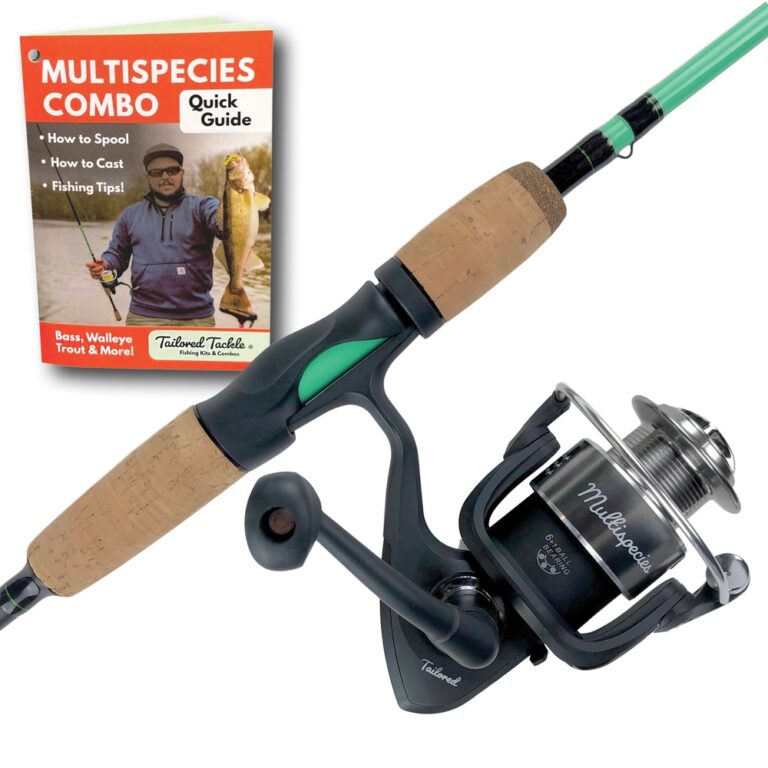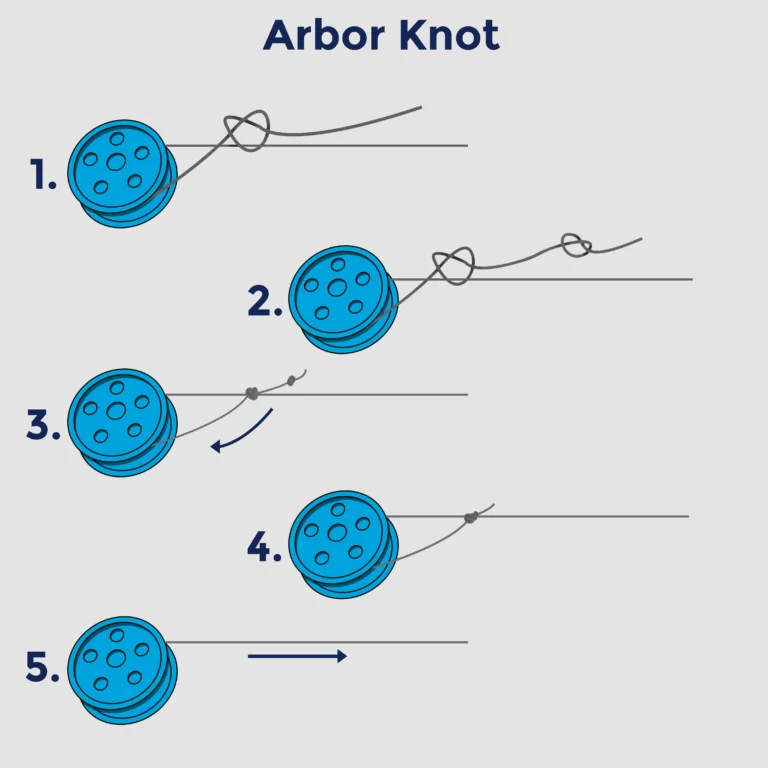Why Won’T My Baitcaster Reel in
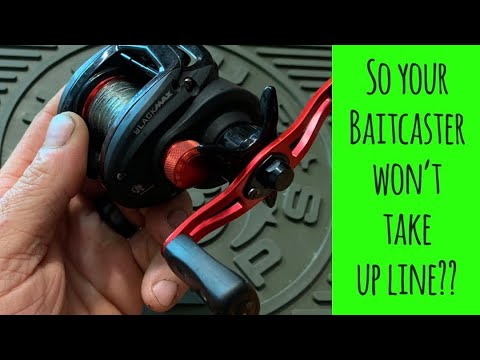
Your baitcaster reel may not reel in due to a tangled line, internal gear issues, or incorrect settings. Regular maintenance can prevent most of these problems.
A baitcaster reel failing to reel in is a common hiccup that anglers of all levels might experience. It often disrupts an otherwise peaceful fishing trip, leaving you with a useless rod and the task of troubleshooting. Understanding why your reel has stopped functioning is crucial for a quick fix.
Common problems include line tangles, which can occur from backlash or spool overrun, alongside possible gear malfunctions within the reel’s mechanism. Properly setting the tension and brake systems is also vital, as incorrect adjustments can lead to operational issues. To keep your baitcaster in top shape, familiarize yourself with its maintenance needs and address minor troubles before they escalate. With a clear grasp of these possible challenges, you’ll enjoy a smoother fishing experience and spend less time fixing your gear on the water.
The Mechanics Of Baitcaster Troubles
Baitcaster reels might stop reeling due to several common issues. A common offender is improperly adjusted tension. This misstep can lead to a tangle of the line, also known as a ‘bird’s nest’.
Other culprits include unclean gear assembly or damaged internal components. Dirt and debris can clog the gears, hindering smooth operation. Meanwhile, gear ratios greatly influence reeling efficiency. High gear ratios allow faster retrieval, yet may need more effort. Lower gear ratios provide more torque but retrieve slower.

Credit: m.youtube.com
Maintenance Oversights
Regular maintenance is key for a smooth baitcaster reel experience. Neglecting lubrication can lead to poor performance. Without proper care, your baitcaster may refuse to reel in as expected.
Over time, dust and debris can build up inside the reel. This grime interacts with important moving parts. It makes reeling in feel stiff or impossible. Cleaning the reel removes these obstacles. This action promotes a smooth and efficient operation.
Remember, cleaning and lubricating your baitcaster prevents these issues. A baitcaster that’s well cared for will perform better and last longer. Thus, make these tasks a regular part of your fishing routine.
Tangles And Snags
Backlash in a baitcaster reel often causes tangles and snags. This problem happens when the spool spins faster than the line unwinds. Your reel ends up with a bunch of loose lines.
The key to solving this issue is patience and careful line management. Start by pulling out the tangled line very gently. Make sure not to yank as it could worsen the tangle. Slowly free the line loop by loop until you see progress.
For tough knots, you might need a pair of tweezers or thin tools. Use them to tease out the complicated parts of the snarl. Keep a steady hand and be mindful not to damage the line.
Technical Mishaps
Struggling with a baitcaster reel that won’t reel in can be due to drag system malfunctions. This happens when the drag, which controls the resistance against a hooked fish, isn’t working right. Over time, the drag can get too tight or too loose. It’s important to find the right balance to avoid line breaks or a sloppy reel.
Problems may also arise from spool tension misadjustments. The spool’s tightness affects the lure’s fall and the line’s release. Correct spool tension is crucial for smooth casting and reeling. A spool that’s too loose will backlash; too tight will restrict casting distance. It’s all about fine-tuning for the perfect performance.
User Errors To Avoid
Casting techniques greatly affect a baitcaster’s performance. Proper thumb pressure is crucial to control the spool speed. Too much can cause the line to stop sharply. Too little may lead to a backlash or bird’s nest.
Maintaining the right angle between the rod and line is key. A 45-degree angle is often recommended for optimal casting. This balance ensures smoother line release from the reel. Practicing short casts can help build muscle memory.
Handling the equipment correctly may seem easy, but it’s essential. Regular cleaning and oil application ensure the reel functions well. It’s vital to check baitcaster parts and the line before fishing trips. Doing so prevents potential issues during reeling.
Credit: www.reddit.com

Credit: www.reddit.com
Frequently Asked Questions For Why Won’t My Baitcaster Reel In
How Do I Fix My Baitcaster Not Reeling In?
First, inspect the reel for tangled line or obstructions. Lubricate moving parts using reel oil. Check the spool tension and adjust accordingly. Ensure the brake system functions properly. If issues persist, consult the manufacturer’s guide or a professional repair service.
Why Is My Baitcaster Hard To Cast?
A baitcaster may be hard to cast due to improper setup, including spool tension, brake setting, and lure weight. It also requires practice and technique to master. Regular maintenance, such as cleaning and lubrication, can improve castability.
Do Baitcaster Reels Need A Special Rod?
Yes, baitcaster reels perform best with baitcasting rods, which are designed with proper guides and reel seats to accommodate the reel’s unique mechanics and handling.
How Do You Tighten A Baitcaster?
Begin by turning the drag adjustment knob clockwise to increase tension. Next, adjust the spool tension knob for lure weight. Use the brake system to manage spool speed and minimize backlash. Ensure to test and fine-tune settings with practice casts for optimal performance.
Conclusion
Tackling issues with your baitcaster need not be daunting. With proper maintenance and technique, smooth reeling is within reach. Ensure gears are clean, spooled correctly, and practice your cast. Remember, persistence and care often solve baitcaster troubles. Happy fishing and tight lines!
